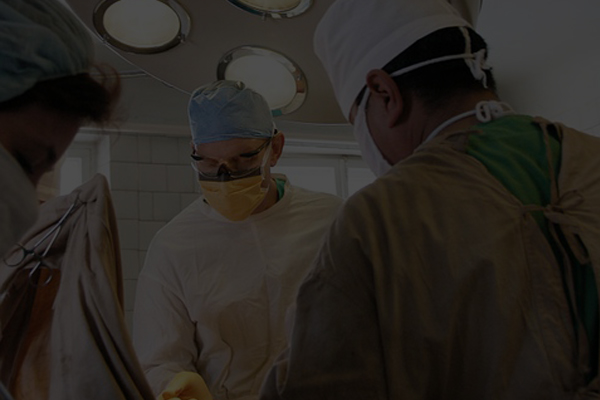Laparoscopic Right TEP Repair
Surgeon(s)/Speaker(s): Dr. Lakshmi Kona
Surgical Procedure: Laparoscopic Hernia-Inguinal Hernias - TEP (totally extraperitoneal)
Location: Gleneagles Global Hospital Hyderabad
Indexsteps
1. Patient is cathererised : * Patient is cathererised
2. Ballon dissection of extraperitoneal space : * 2 Finger stalls of No. 8 latex glove fixed over top of suction cannula by thread * Ballon cannula inserted in retroperitoneal space * 100 - 150 ml saline is injected through the cannula to inflate the ballon, kept for 5 minutes * Creates initial space, temporary pressure helps in haemostasis * Blunt tips 10 mm cannula introduced * Insuflation started with a pressure of 12 mm Hg * 10 mm 30 degree telescope passed * 2 other 5 mm working ports placed under vision 2-3 cms above pubic symphysis in midline, midway between 1st and 2nd port
3. Dissection of extra peritoneal space : * Surgeon stands on opposite side of hernia to be separated * Loose areolar tissue plane is dissected in midline with sharp dissectors * 1st landmark in pubic bone as a white glistening structure in midline * Pubic bone dissected free of all connective tissue * Plane is extended for 2-3 cms in retropubic space
4. Lateral dissection : * If hernia is direct type, sac is visualised as a weakness medial to inferior epigastric artery * If hernia is indirect type, vessel is seen before the sac * Sac is reduced by blunt and sharp dissection * Cooper's ligament, iliopubic tract, femoral canal, inferior epigastric artery are visualized * Spermatic cord is inferior and lateral to inferior epigastric vessels * Sac is dissected free (antero lateral to cord) * In indirect type, distal sac is transected * Proximal end ligated using endoloop, distal sac kept open * Vas is seen on medial side and gonadal vessels on lateral side * This is are of triangle of doom (external iliac vessels) * Lateral dissection extended till psoas muscle is seen lying on the floor on which sometimes lateral cut nerve of thigh and genito femoral nerves seen * Anterior superior iliac spine is end point of lateral dissection
5. Introduction of mesh : * Selected polypropelene mesh is rolled like a cigar and inserted through the 10 mm port * Mesh is spread covering direct, indirect, femoral obturater hernia sites * Mesh is spread adequately covering from midline medially, laterally upto psoas muscle * Under vision 5 mm ports are removed and peritoneal space deflated taking care that mesh does not fold * 10 mm port is removed * All ports are closed
6. Bilateral hernias : * In case of bilateral hernias, similar procedure as given above should be done on both sides through the same ports
port positions
1. Port positions-TEP : * 10mm infraumbilical transverse incision 1 cm away from midline
* 10 mm 30 degree telescope used
* 2 other 5 mm working ports placed under vision 2-3 cms above pubic symphysis in midline, midway between 1st and 2nd port.
precautionary_measures
1. Complete reduction of the sac should be avoided : In case of complete hernia, complete reduction of the sac should be avoided as it can cause postoperative pain
2. Dissection : No dissection should be done in the triangle of doom as it contains the external iliac vessels
pre_post_measures
1. Preoperative investigations : CBC:new:X-Ray Chest:new:ECG:new:Coagulation profile:new:Pulmonary function test
2. Preoperative measures : Fasting for 8 hours
3. Postoperative measures : NBM for 6 hours:new: Ambulate after that:new: Two dose of Antibiotics:new: Analgesics as required:new:
4. Warning signs in the postoperative period : Careful closure of the fascia at the umbilical trocar site:new: Infiltration of all trocar sites with local anesthetic:new: Closure of wounds and application of dressing:new: Pressure dressing is given on the Inguinal area to reduce Seroma.:new:
Surgical Instruments
1. 10mm Trocar
2. Vessel Sealer
3. Polypropelene Mesh
4. Suture
5. Retractors
